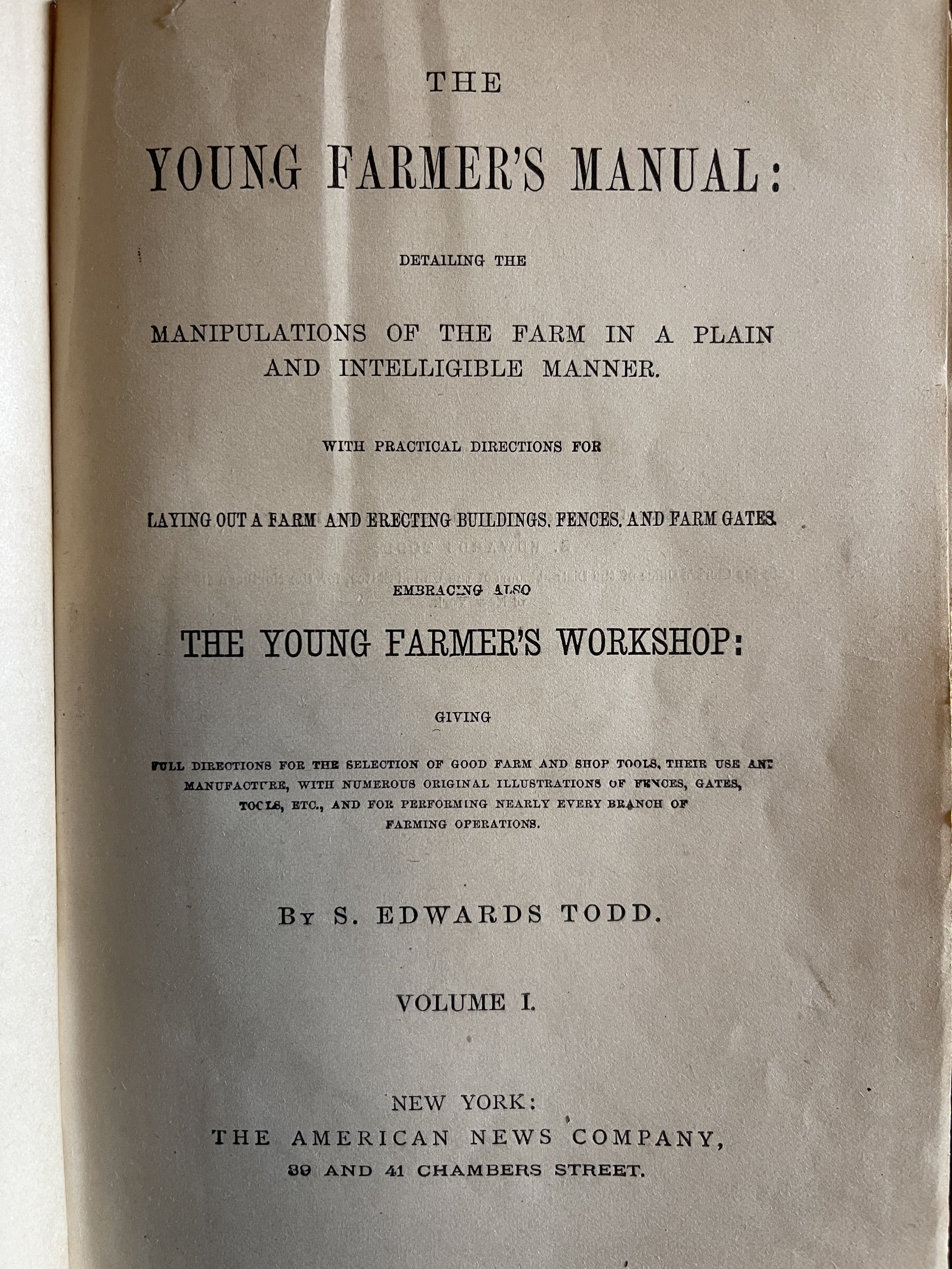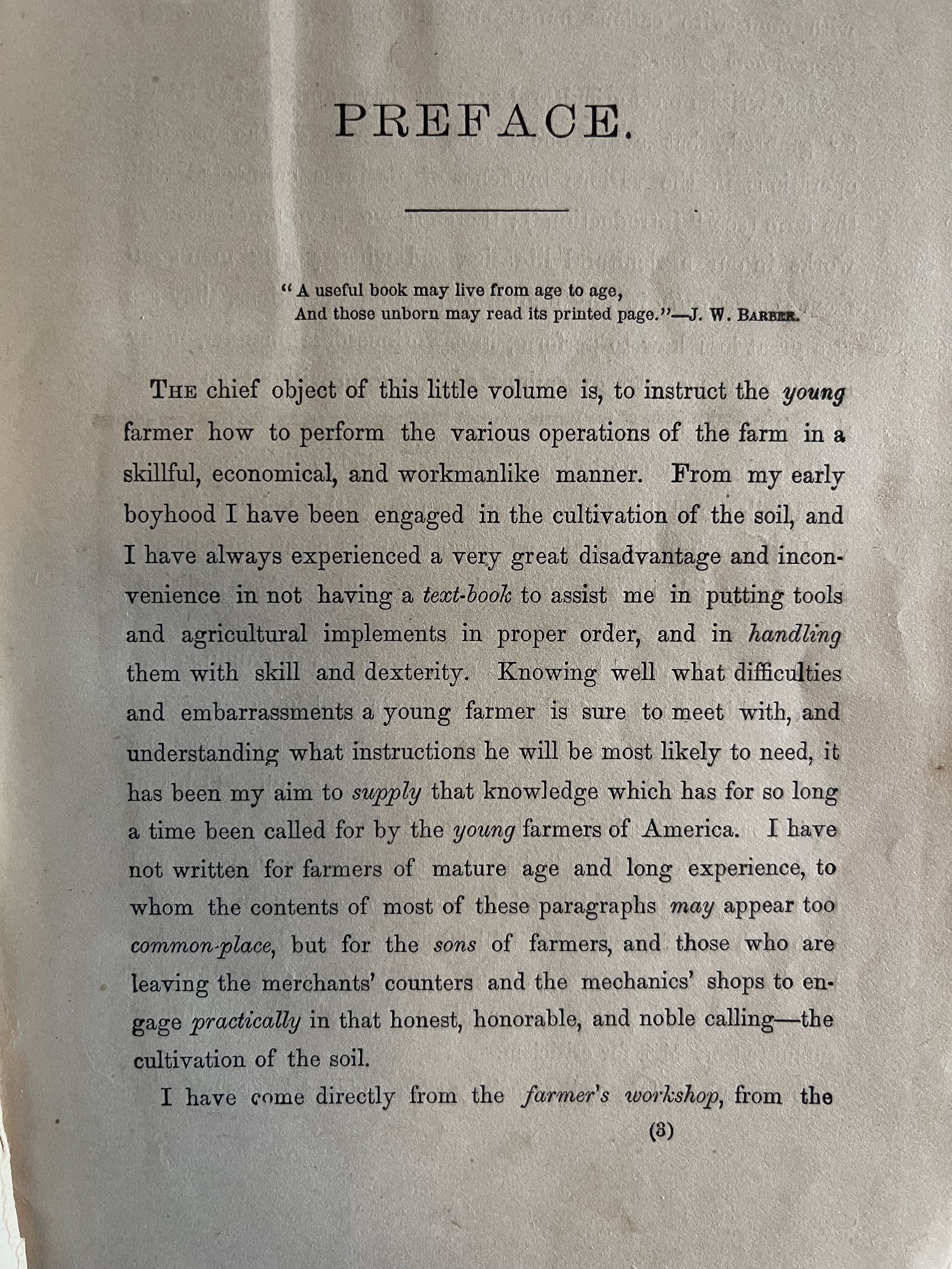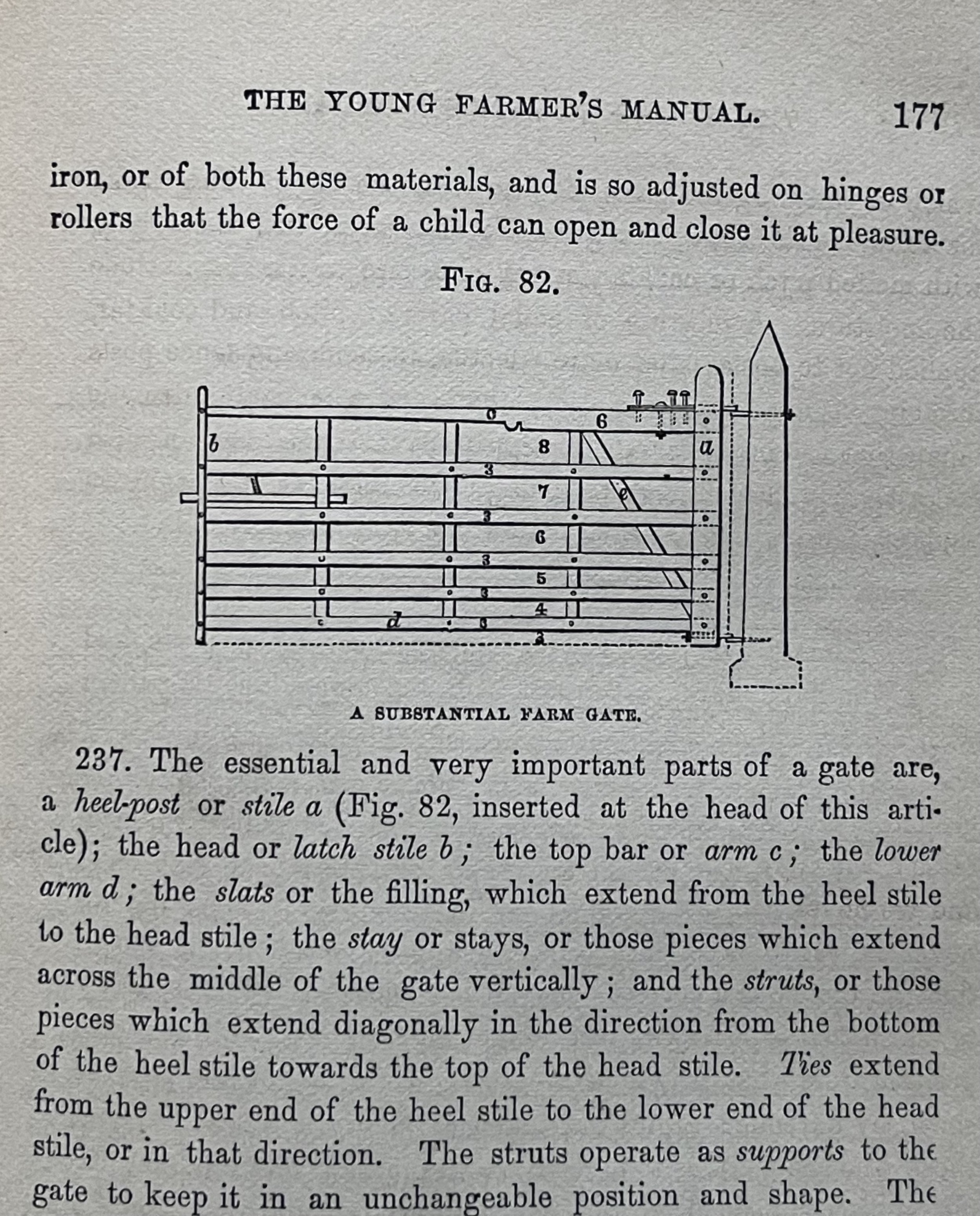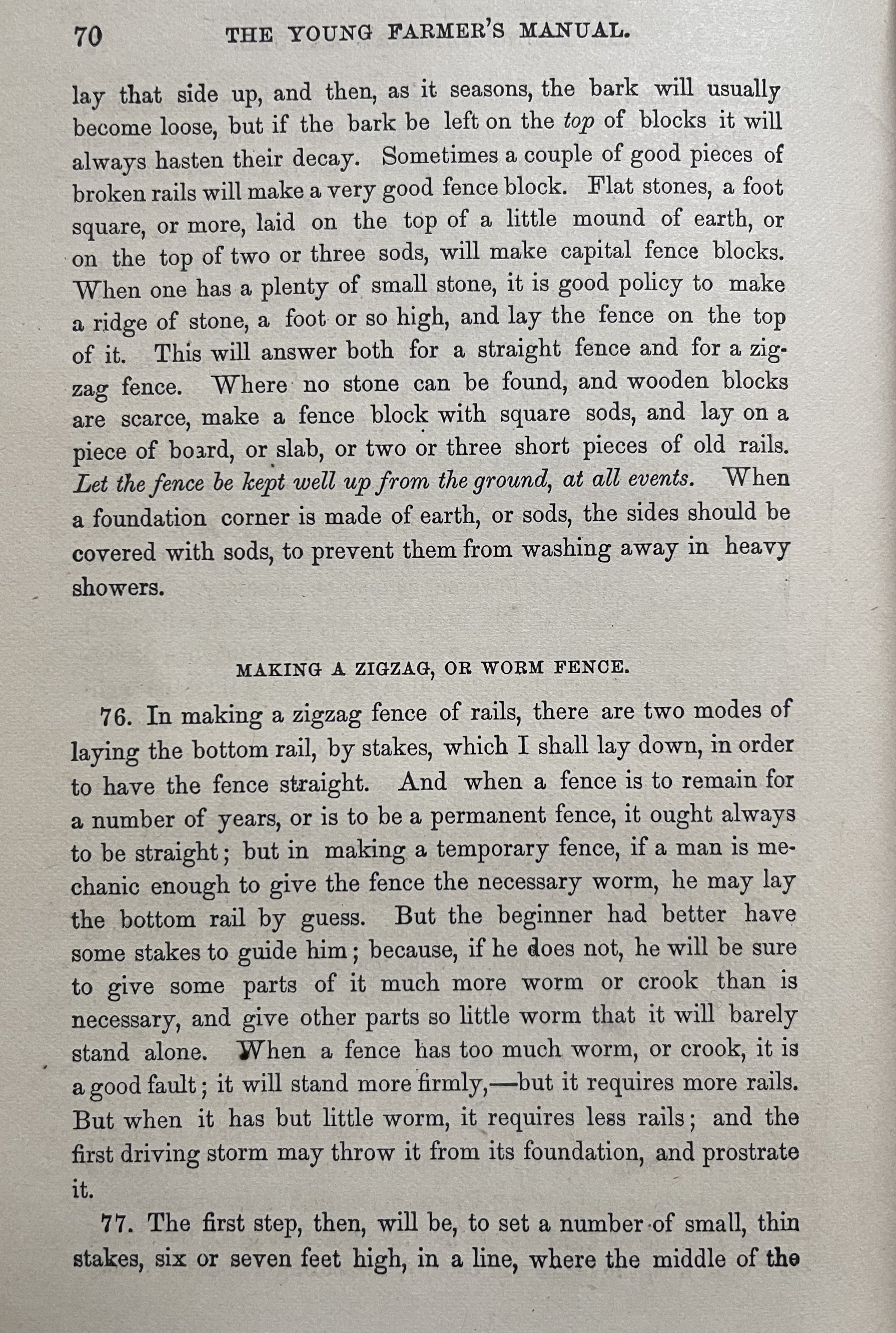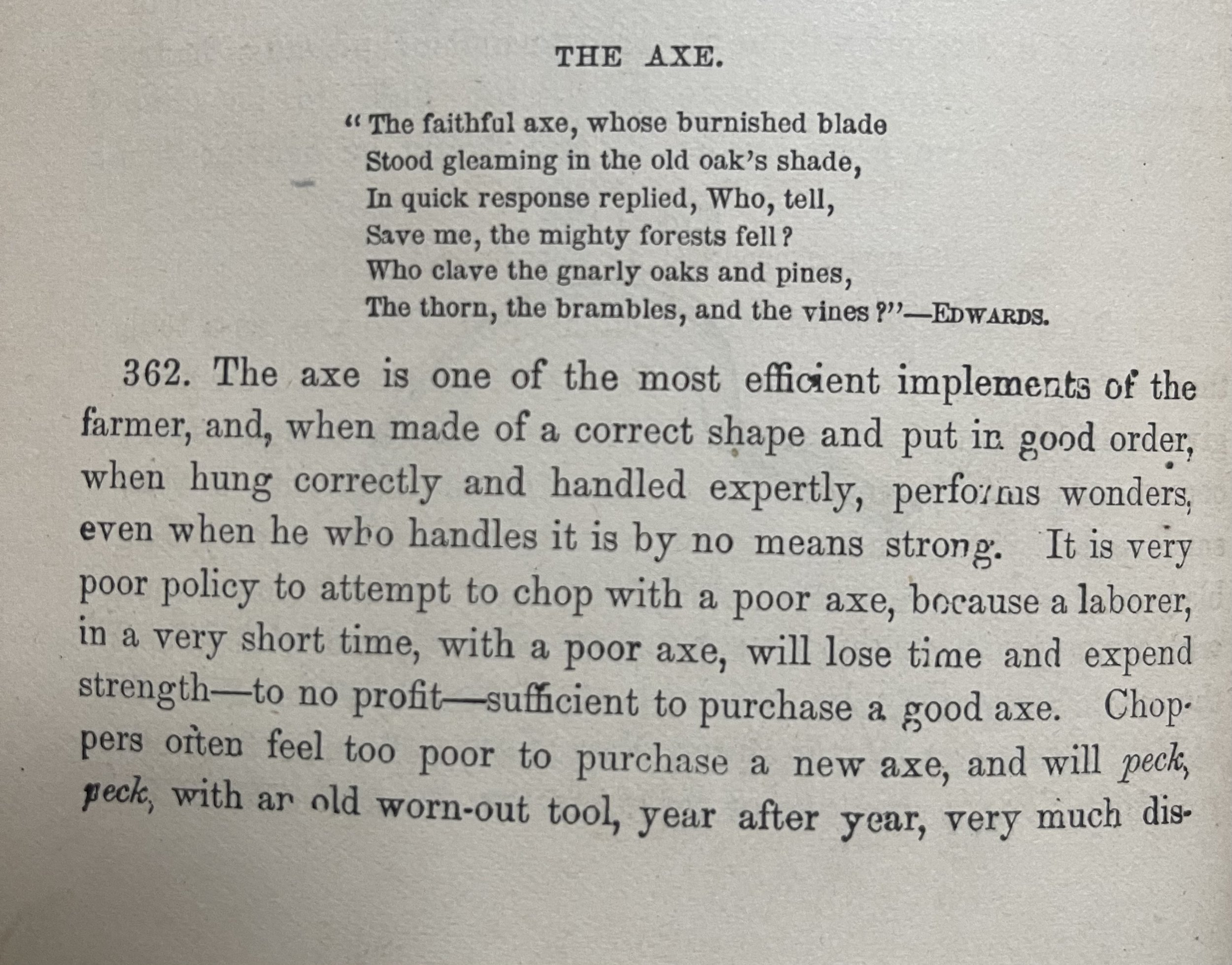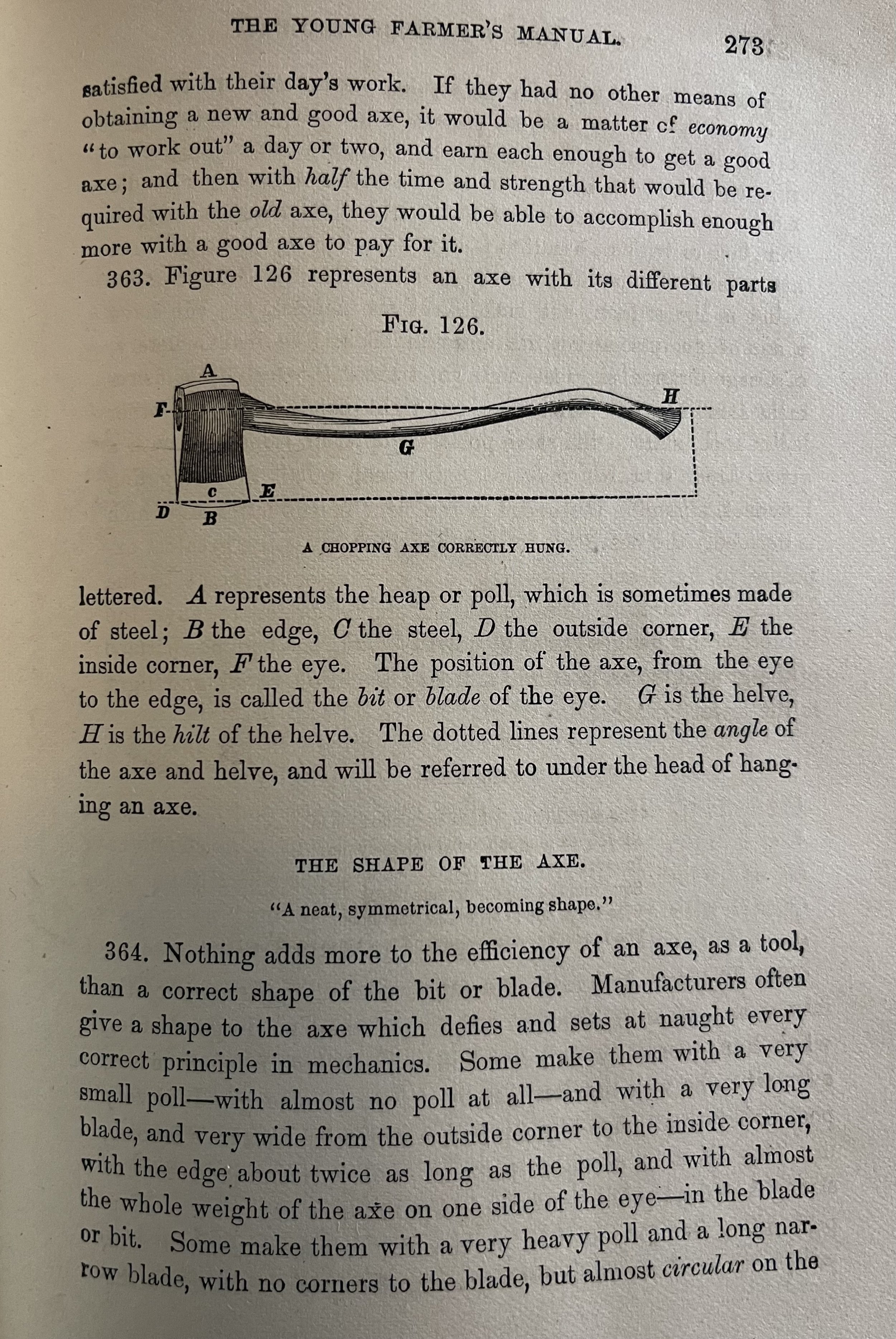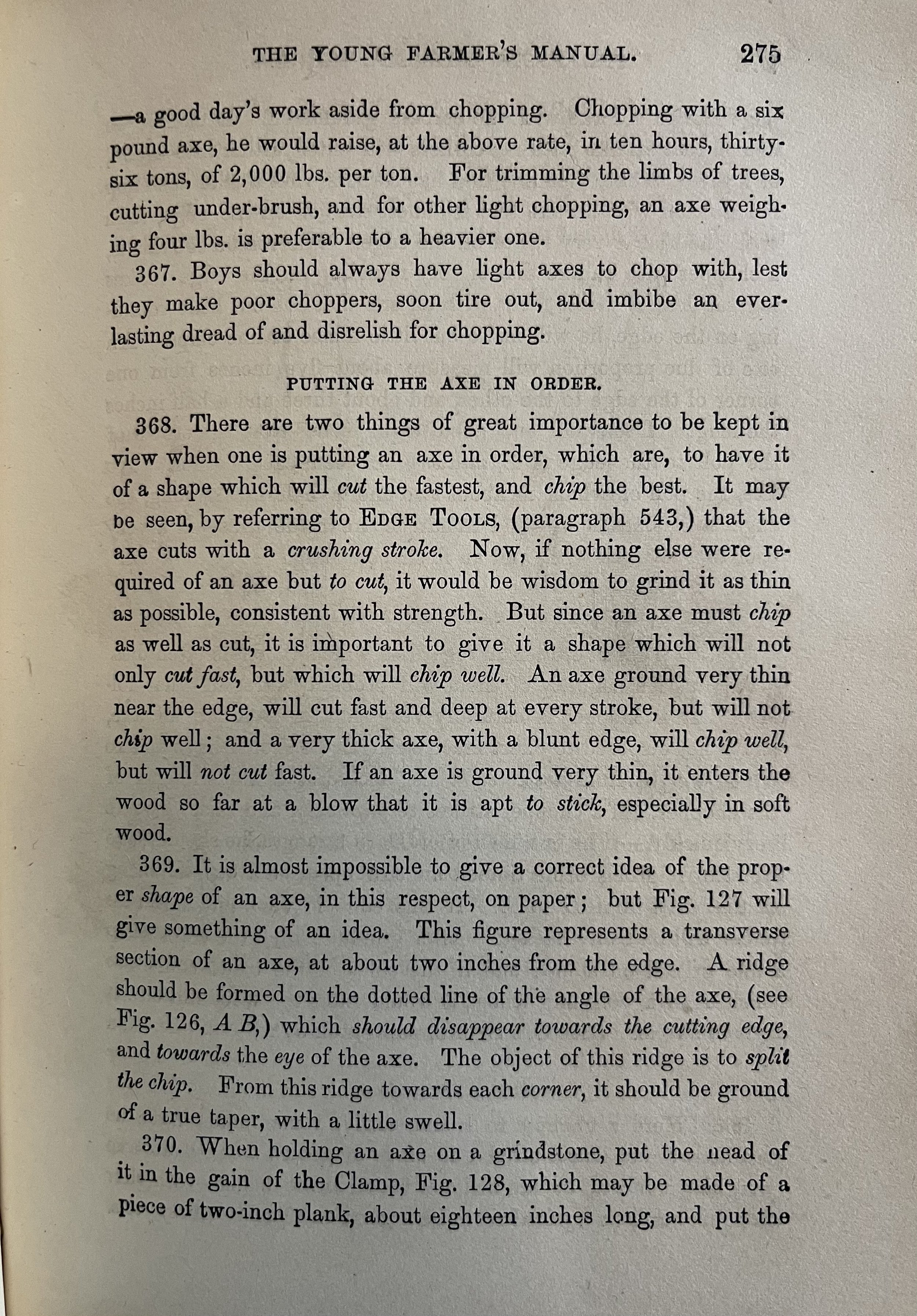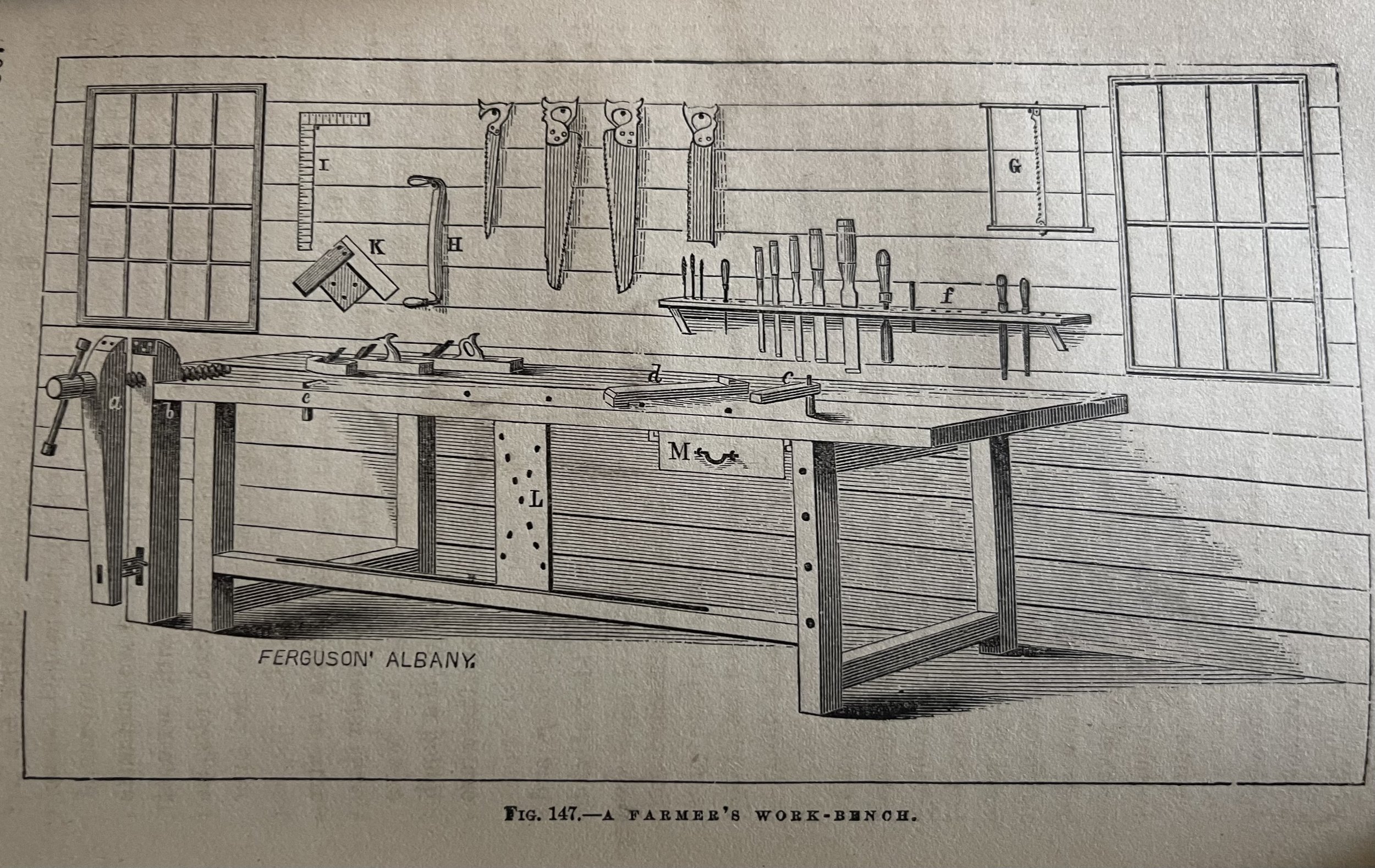“There is but one right way to brace a gate, and many wrong ones…”
-George Martin, ca.1900
We’ve got a little 6x8’ temporary shed here on the homestead that started life as a woodshed, and that we started using for our milk cow when we got her. Now, when the weather is good, we separate Flossie and Phoebe, her heifer calf, overnight by locking Phoebe in the shed to keep her from nursing all Flossie’s milk out. While Phoebe can’t nurse while in the shed, neither cow is lonely as the shed is located within the pasture fence. After milking in the morning, mother & calf are reunited, and spend the rest of the day together. Once Phoebe is old enough to do without her mother’s milk and thrive on a diet of grass and hay, she can be weaned entirely and we can keep all of Flossie’s delicious milk for our own consumption.
One night last week, after Alan (6) and Marian (7) had performed their nightly chore of separating the cows and feeding them, Phoebe, who is a very large and healthy 5 months old, decided she’d try her weight against the already-taxed 36” high welded hog-wire panel I was using to close the front of the shed, and practically obliterated it, making good her escape. These things never come at a good time, but they’re also always a reminder of how much inconvenience is saved by building proper infrastructure on the farm before the need for it becomes an emergency. After Phoebe’s jail break, she got to spend the night with Mom, and I set about designing a gate, after referencing some of my favorite old books, which I will get to in a bit. Here’s my rough sketch:
One of the most important design elements of a wooden plank gate or door is bracing. Here’s what George Martin in his wonderful little circa 1900 book “Fences, Gates, and Bridges” has to say: “There is but one right way to brace a gate, and many wrong ones. The object of bracing is to strengthen the gate and to prevent it’s sagging.” He goes on to explain good and bad bracing methods in the pages below, but also does include in later pages the use of diagonals running the “wrong” way as TIES, not “struts”- the difference being that braces/struts are used in compression, transferring all the weight of the gate or door back to the hinge post at the bottom hinge, and resisting very effectively the gate or door sagging out of square. Ties, on the other hand, are used in tension, and again transfer the weight of the gate or door back to the hinge post, but at the top of the gate or above. For our purposes and the style of gate I went with, suffice it to say that it is MUCH more effective and easier to use a compression brace running DOWN towards the hinge side -especially when using boards- than it is to use a tensioning tie running the other way.
I knew I couldn’t afford the time to build the gate exactly how I would want to, with hand forged hinges, 18th/19th style traditional mortise & tenon joinery, and all hand-planed and painted surfaces- so I compromised and bought hinges and used carriage-bolts instead of mortises, left most of the surfaces rough, and soaked the wood with as much boiled linseed oil as it would take. For lumber, I used some roughly 3/4” thick white oak that I milled and stacked in the dry some 10 years ago. I didn’t care for the latches that were in my local hardware store’s very limited selection, so I went ahead and knocked out a forged latch and a slide-bolt to lock and support the bottom of the gate. I installed a planed and beveled board on top of the gate to act as a rain cap- to prevent direct weathering to the end-grain of the stiles (uprights).
All in all, I’m pretty happy with my gate job. Even though it isn’t exactly what I would build without my current constraints, it is a quality addition to the farm that will last a long time and get reused in another application long after this temporary shed is torn down and replaced with something better. And, when that happens, I will also most likely replace the hinges with some heavier forged ones that will better match the other handmade hardware, and also be adjustable for gate sag- which brings me to the one downside of this experience so far. While the style of bracing I used means that sagging will be minimal, there has been a very little bit anyway. And while I did anticipate this and compensate when mounting the latch components, that sagging is already causing alignment issues with the keeper (staple) for the slide bolt at the bottom of the gate. Fortunately, I mounted that keeper to the shed frame using screws, and I will be able to move it and re-mount with carriage bolts, correcting the alignment. I wanted the keeper to be a tight fit for the bolt, so that when the gate is shut and the bolt thrown, the bolt supports the gate in the case of the cow pressing down on the top of the gate with her head. But what I should have done, is give the gate a week or two of use and settling with just a chain to lock it, and then installed the shed-side catches/keepers for the latch and bolt. If push comes to shove, and settling becomes more of an issue, I will add a heavy tie wire that comes down from the shed frame above the gate and attaches to the top of the free end of the gate (as in Fig. 184 on page 119 of Martin’s book, shown earlier), and adjusts to compensate for sagging with a turnbuckle. Proper traditional gate hinges would have a top hinge that could be adjusted to account for a little settling. Live and learn!
Book recommendations: So, first is of course George Martin’s book referenced above- “Fences, Gates, and Bridges”, originally published in 1900. My copy is a decent quality hardback edition republished by The Lyons Press, ISBN# 1-55821-889-0
My second book recommendation is Vol. I of “The Young Farmer’s Manual” by S. Edwards Todd. This book was published 40 years before the other in 1860, as part of a three volume how-to manual for young men who knew nothing about farming. It has extensive sections on fences and gates, with lots of information that is complimentary and even additional to the previous book. I cannot recommend this book enough, and Vol. II is excellent too, but more exclusively agricultural. The third volume is exclusively on growing wheat, which may or may not interest you. Overall, Todd, a grandson of the famous Puritan preacher Jonathan Edwards, is an incredibly knowledgeable and sensible man, and I find all his books that I’ve been able to get my hands on immensely practical, valuable, and just plain fascinating. It’s crazy how many of his passionately-held ideas and practices in farming are being “rediscovered” now in the area of responsible, regenerative agriculture. It amazes me how timelessly relevant so much of his wisdom from 160 years ago still is. Unfortunately, there are no quality US reprints of his books available that I am aware of, though some can be found from foreign on-demand printers- I’ve had some good experiences with some of those, and it may be worth it to get paper copies. Some of Todd’s books are available for perusal on Google Books for free, and original hardbacks surface occasionally but are usually expensive collector’s items. Below is a peek at Vol. I of The Young Farmer’s Manual, from my first edition published in 1860 for export to England. And while there isn’t a table of contents for me to show (there is an index instead), take my word for it- this is a much bigger book than Martin’s, and has a TON of excellent information.
